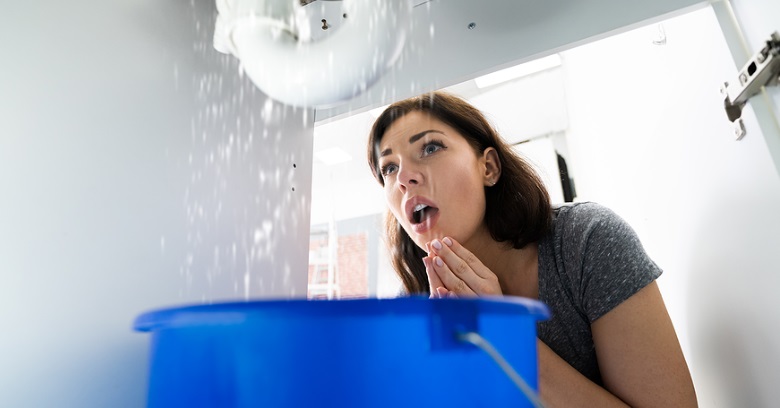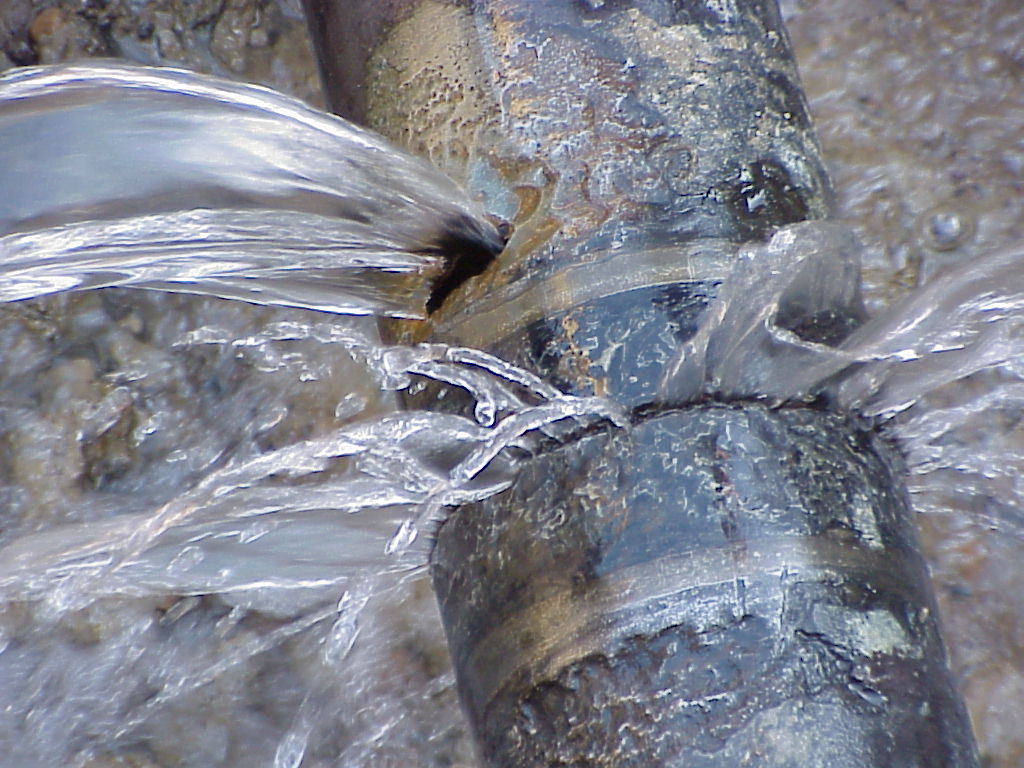What are your insights and beliefs about How to Install and Connect a New Dishwasher?

A ruptured pipeline is a major emergency; you can just stand as you view water you pay a lot to reunite with the planet. In worse situations, you notice a swimming pool on your kitchen flooring, which is a great journey threat, particularly if you have youngsters around. If the pipe that ruptured was in your wall surfaces, bad news: you might need to repaint that whole section.
Exactly how can a calamity like a burst pipeline be prevented as well as taken care of? Well, by listening to your specialist emergency plumbers as well as adhering to these rules.
How do I understand when my pipes have ruptured?
Varying water stress
Pipelines do not just burst in a day. You might have discovered that your kitchen area faucet or shower doesn't run quickly when you turn the tap. It may stop briefly for a couple of seconds and afterwards blast you with more pressure than common.
In other instances, the water might seem typical in the beginning, then decrease in stress after a few secs.
Damp walls as well as water discolorations
Before a pipeline ruptureds, it will leak, the majority of times. If this persistent leaking goes undetected, the leakage may graduate right into a wide gouge in your pipeline. One very easy way to avoid this emergency is to keep an eye out for wet walls ad water discolorations. These water stains will lead you right to the leak.
Puddles under pipelines and also sinks
When a pipe bursts, the discharge creates a pool. It may appear that the puddle is expanding in dimension, and no matter the number of times you wipe the pool, in a few minutes, there's one more one waiting to be cleaned up. Commonly, you might not have the ability to map the pool to any visible pipes. This is an indication to call a specialist plumber.
Untraceable leaking sounds
Pipeline ruptureds can take place in the most unpleasant places, like within concrete, inside walls, or under sinks. When your home goes quiet, you might have the ability to listen to an aggravatingly relentless dripping noise. Even after you've checked your shower head and kitchen tap, the leaking may continue.
Precious visitor, the leaking may be coming from a pipe inside your walls. There isn't much you can do regarding that, except tell a professional plumber.
Turn off the Water
When water freezes, it broadens in volume by regarding 9 percent. And it expands with remarkable force: The pressure inside pipes might go from 40 extra pounds per square inch to 40,000 psi! No pipeline can hold that much stress, so it bursts. The break might happen where the ice types, but more often, it occurs where water stress locates a weak point in the pipeline. That might be inches and even feet from the frozen area. Find the water shutoff valve and also switch off the water to avoid more damage. You might also require to turn off the electrical energy as well, depending on where the leakages happens and just how huge it is.
Contaminated water
Many individuals presume a burst pipeline is a one-way electrical outlet. Quite the contrary. As water spurts of the hole or laceration in your plumbing system, contaminants locate their way in.
Your water might be contaminated from the source, so if you can, examine if your water storage tank has any troubles. Nonetheless, if your drinking water is supplied and also cleansed by the city government, you need to call your plumber promptly if you see or smell anything amusing in your water.
What do I do when I identify a burst pipeline?
Your water meter will certainly continue to run also while your water wastes. To reduce your losses, find the major controls as well as turn the supply off. The water pipe are an above-ground structure beside your residential property.
How to Fix & Detect a Leaking Pipe
How Do I Know if a Pipe is Leaking?
Leak detection tests can help you determine if your pipe has a leak. Even if you don’t see an apparent leak, you should still conduct leak detection tests regularly to save water and money—and prevent major damage to your home.
Water meter. It can be helpful to figure out what your usual water meter usage numbers are and then monitor them regularly. To monitor your meter, first, turn off all water faucets in your home. Check the meter and write down the numbers. In a few hours, check the meter again. If the numbers have changed, you have a leak. Water gauge. Use a water gauge to test your water pressure. Your showerhead should produce a certain amount of water pressure based on its model and design. If the pressure is lower than it is supposed to be for that specific showerhead, your home likely has a leak. Puddles. Look inside your bathroom, laundry, and kitchen sink cabinets. Puddles around the cabinets or around toilets, tubs, showers, and washing machines indicate the presence of a leaking pipe. You may also notice loose tiles, peeling or flaking paint, or mold caused by water accumulation. Napkin test. Even if you don’t see any puddles, you may still have a leak. You can test for water leaks in the bathroom, laundry, and kitchen by wiping below-sink connections with a napkin, paper towel, or piece of toilet paper. If it becomes damp, you probably have a leaking pipe under the sink. Discolored walls. Walls that are discolored—usually with brown or yellow stains—or bulging might mean that they have been impacted by water damage caused by a leaking pipe. Smell. A leaky pipe will create sitting water, and over time, that water may develop a musty smell. If your home smells musty, but you can’t locate the source, it may be due to a leak. Steps for Fixing a Leaking Pipe
A leaky drain can be remedied by tightening the pipe base, replacing the drain seal, caulking the rim, and tightening the pipe nut. Similarly, a leaking toilet pipe can be treated by tightening the packing nut. You may also need to replace the valve. A leaky faucet may just need tightening or replacement of the washers. If that doesn’t work, consider replacing your faucet. If your pipe has a hole in it, you may want to use a pipe leak sealer or pipe leak tape. This quick fix for water pipe leaks can also temporarily fix a copper pipe leak. https://www.ahs.com/home-matters/quick-tips/how-to-tell-if-pipes-are-leaking/

As a person who reads about How to Install and Connect a New Dishwasher, I was thinking sharing that excerpt was really useful. Liked our content? Please share it. Let somebody else find it. Thanks a lot for your time spent reading it.
Website